AO Edited
Hou Wang Temple
The last timber and iron Chinese temple in Australia.
This temple, located on the site of the relatively short-lived Chinatown in Atherton, is the sole surviving example of a hundred or so corrugated iron and wood temples built in Australia. It’s also one of the few temples outside China to be named Hou Wang, a title given to a 13th-century commander in the bodyguard of the last emperor of the Song Dynasty.
By the late 1800s, a sizeable population of Chinese farmers and lumberjacks had grown up in the area, even before the establishment of the main town. Many of the Chinese had drifted south from the goldfields of the Palmer River, where they were banned from digging until three years after the opening of a field.
Despite being subjected to various xenophobic measures, several families, including those of Lee Long and Jue Sue, the first Chinese immigrants in the area to gain citizenship, prospered. The site of this temple was purchased by a group of such Chinese families. The prohibitive cost of bringing building materials such as brick up to the Tablelands meant that the Chinese community of sojourners turned to local timber—cedar and black bean—and imported British iron to build the temple. Its decorations and the various religious treasures held inside were sourced from China.
The temple opened in 1903. It functioned as the religious and social hub of the mostly male community until the 1920s, after which it existed in various states of disrepair. While the surrounding buildings of Chinatown were all dismantled for their timber, the temple was left relatively untouched. Sure, the main statues were pilfered, local kids snuck away bits and pieces from the place they used as a cubby house, and the long red wooden celebratory board proved to be the perfect painter’s plank for years (it was later returned). But in the end, the temple managed to survive.
The Fong On family donated the temple to the National Trust of Queensland in 1979. The Trust maintains the temple today and its expert volunteer guides will tell the secrets of how the sojourners did, in fact, manage to send gold home, plus many more fascinating stories.
Know Before You Go
It's about an hour and a half’s drive inland and southwest from Cairns and is two hours by local coach.
Guided tours of the Temple and grounds are conducted throughout the day, opening times are Tuesday - Saturday, 10 am - 2 pm.
Admission Prices are: $10 Adult, $5 Children, $5 Concession, $20 Families (2 Adult 2 Children) National Trust Members are free.
A counter lunch is available in the heritage-listed Barron Valley pub on main street Atherton.

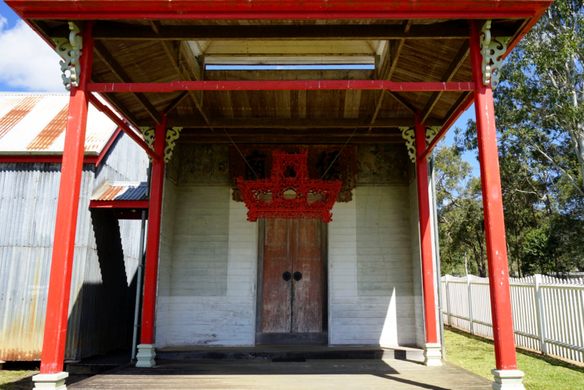








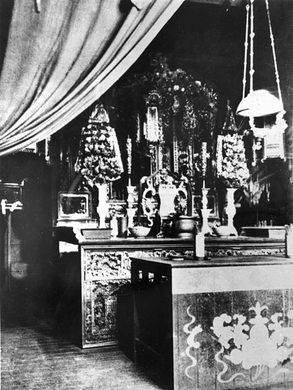






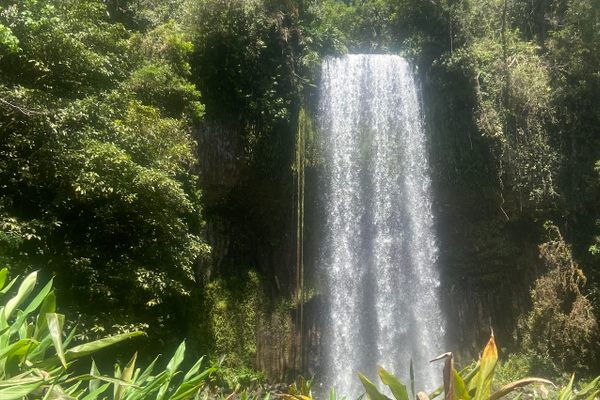
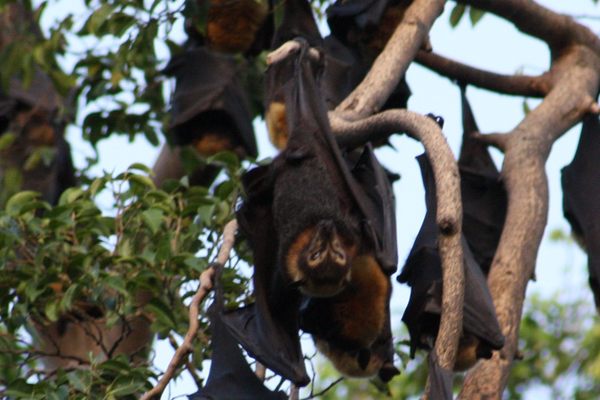
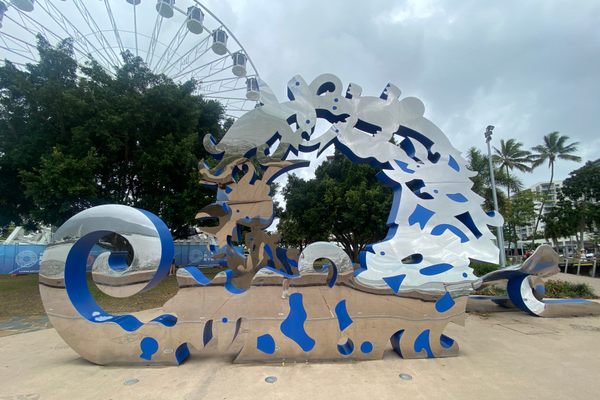
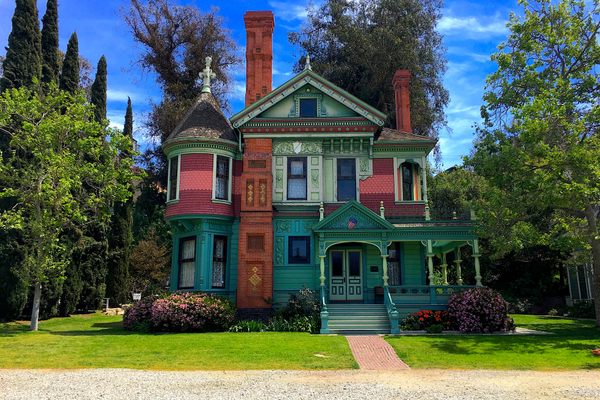
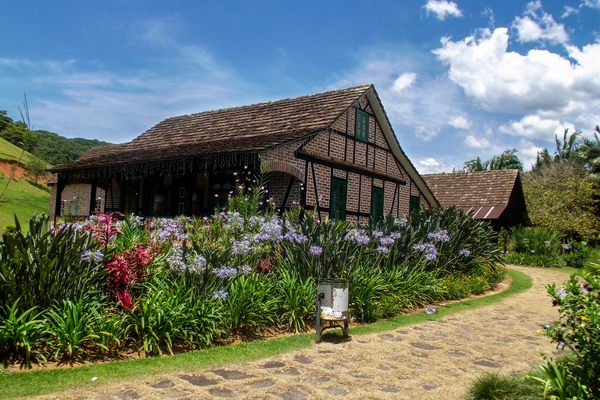

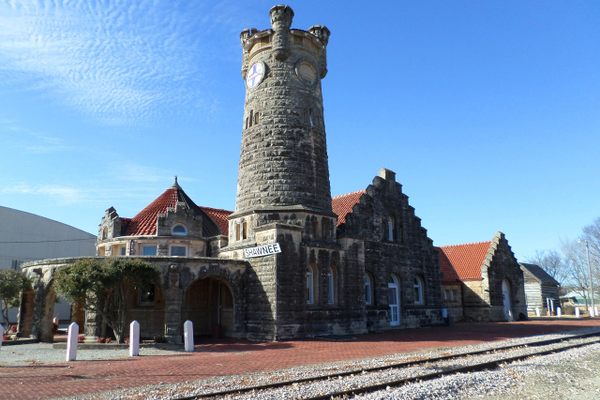

Follow us on Twitter to get the latest on the world's hidden wonders.
Like us on Facebook to get the latest on the world's hidden wonders.
Follow us on Twitter Like us on Facebook